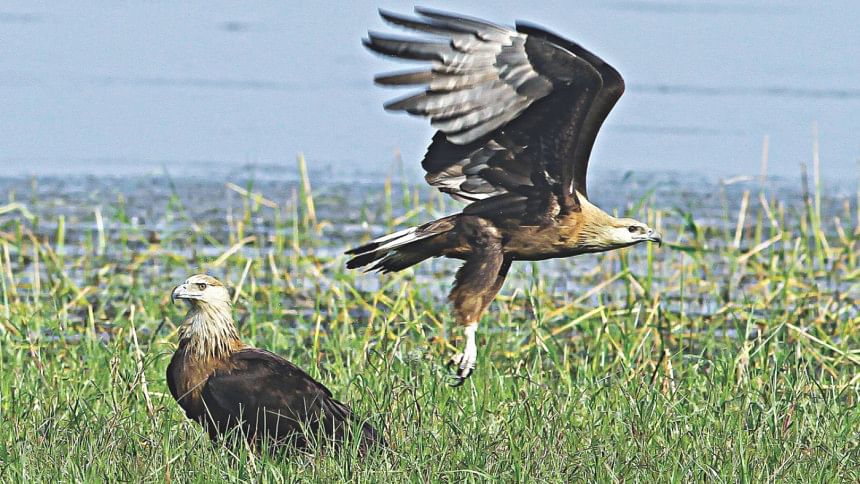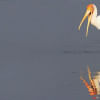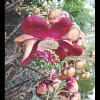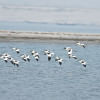Nature Quest: A quest for eagle nest

Cool morning air brushed against my face as I looked at the plains where countrymen were out on their fields--plowing, irrigating, or simply standing with their hands clasped against their back. The road that we took that winter morning ran through seasonal wetlands and farmlands. Water on shallow and slender ditches gleamed in the light of the morning.
A Brahminy Kite encircled the paddy field spreading its rufous wings, while Pond Herons and Cormorants stood still along the edge of water and Drongos remained perched on solitary poles waiting for insects. The day starts early for women and children as well: kids gather around the edge of their houses to bask in the morning sun, while women visit Pukur Ghats to fetch water for the day. Hundreds of cattle were grazing around the dry area of the Haor Basin.
We were spending dawn to dusk in Sunamganj, hopping from one village to another, one Haor to another, looking for a creature that had visited this rich land for hundreds of years to build nests and produce offspring. Our days were fascinating in the plains where Hason Raja fell in despair and rose in love with the landscape, where water controlled life more than any other element of nature. We visited a minimum of 40 villages to find the mighty Pallas's Fish Eagle and its nest.
This dark-brown eagle is very large, almost as large as a domestic goose! As the name suggests, it mainly eats freshwater fish and is largely dependent on our Haors. Increased population of Bangladesh has resulted in the conversion of natural wetlands into farm lands, and commercial fisheries. The area is under constant change as many other human activities have created an immense pressure on resources available to native biota. A victim of this environmental degradation is the Pallas's Fish-eagle and is now considered as globally endangered. This breeding visitor was quite common in our country, especially in the freshwater areas and along the major rivers with regular nesting records. However, this species has become a rarity and scientists know only a few nesting sites.
The near holy reputation and the cultural values, with which this eagle was held by the villagers, helped us to find nests, at least one new nest almost every day and we ended up finding 12 nests near Sunamganj city alone! The locals say that the eagle nests in the villages where good people live and avoid those that hold the greedy ones.
Hason Ali, a village elder shared a fascinating story about the Pallas's Fish Eagle and local people. He said when technology didn't reach this land, the unique call of the eagles used to tell them about the hours after dark and woke up people who wanted to pray past midnight. He said the eagle was attuned to their biological clock.
I write this piece with the sheer emotion that I have seen in the eyes of the people while they spoke about their days in this harsh condition, seasons of drought and flood, and the relationship between the eagles and their forefathers. Perhaps one day the eagle will die in the hearts of these people if we continue to ignore life beyond us. Will the locals ever remorse, I wonder, if the Pallas's Fish Eagle goes extinct?

 For all latest news, follow The Daily Star's Google News channel.
For all latest news, follow The Daily Star's Google News channel. 








Comments